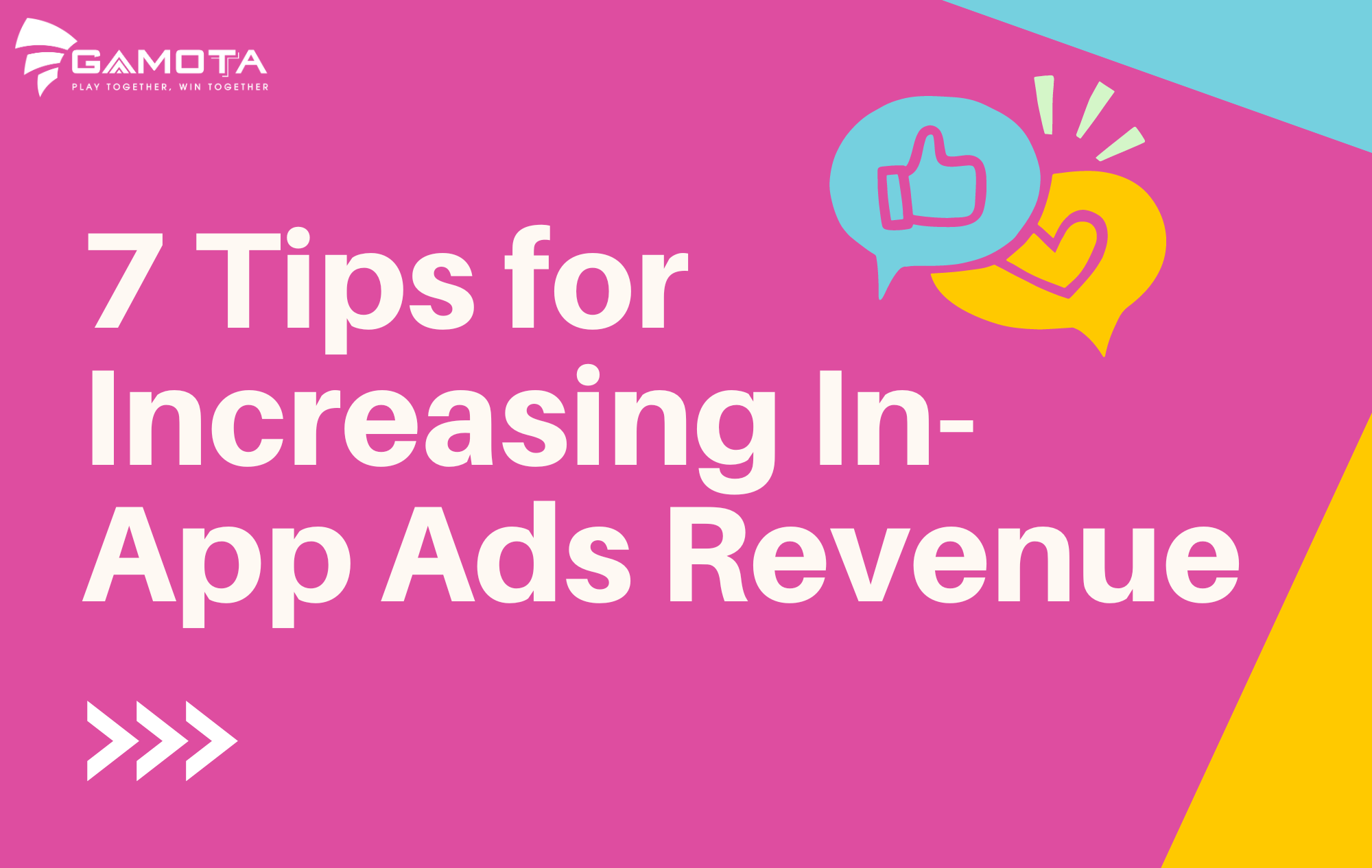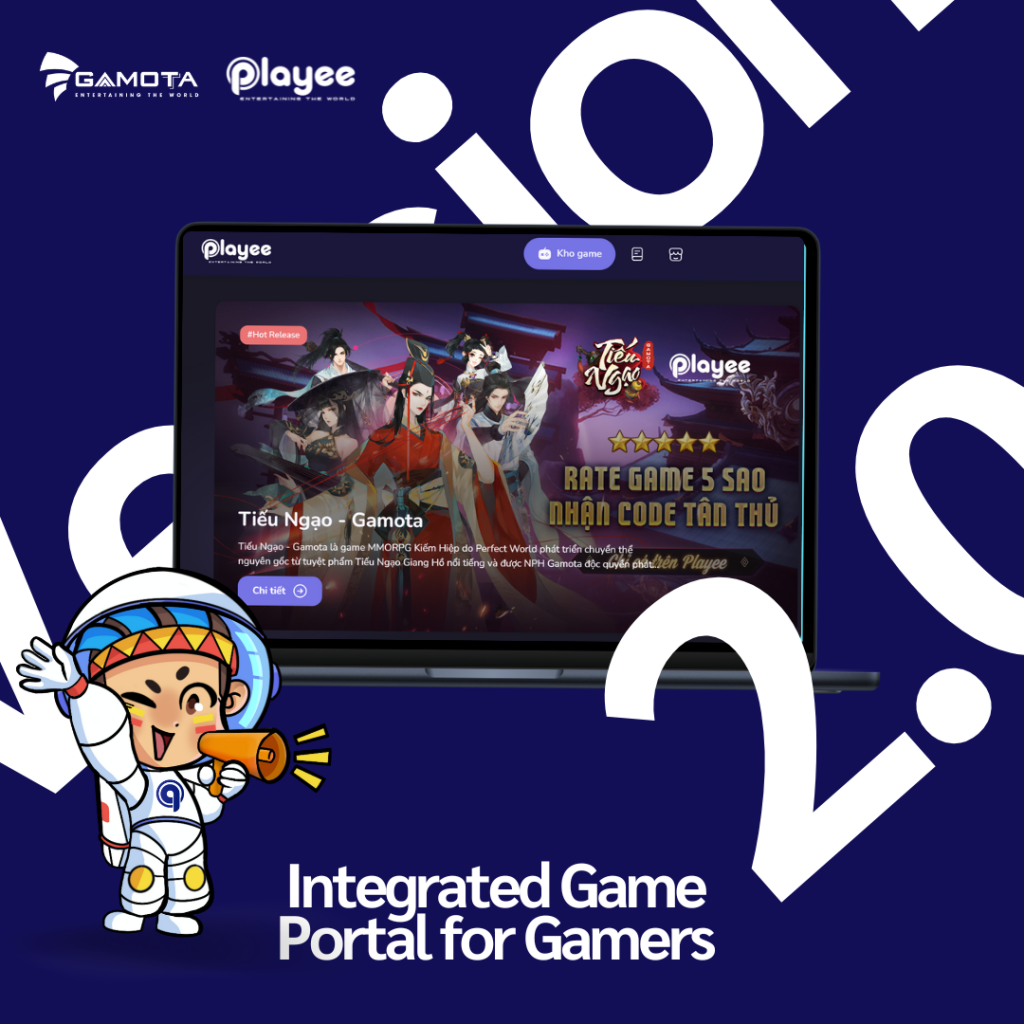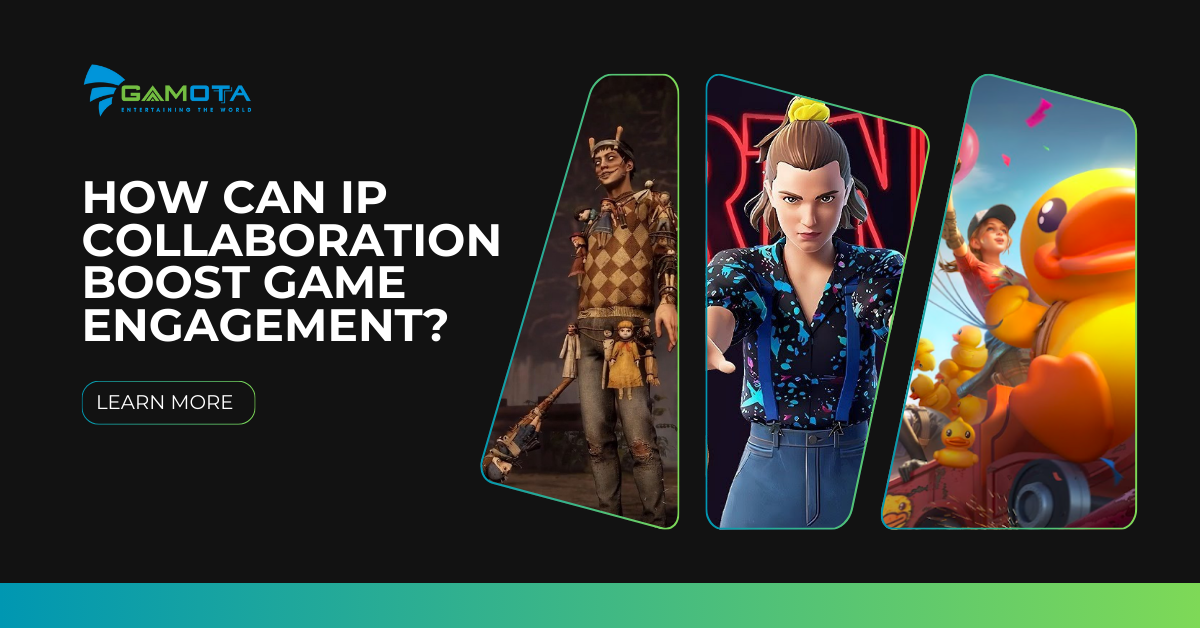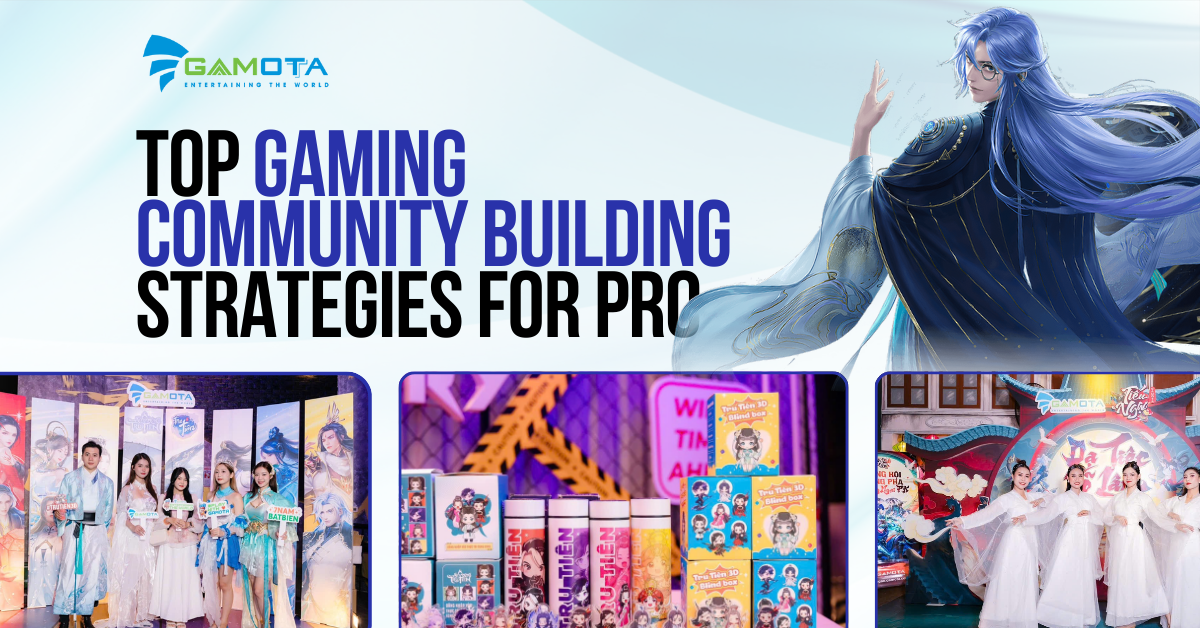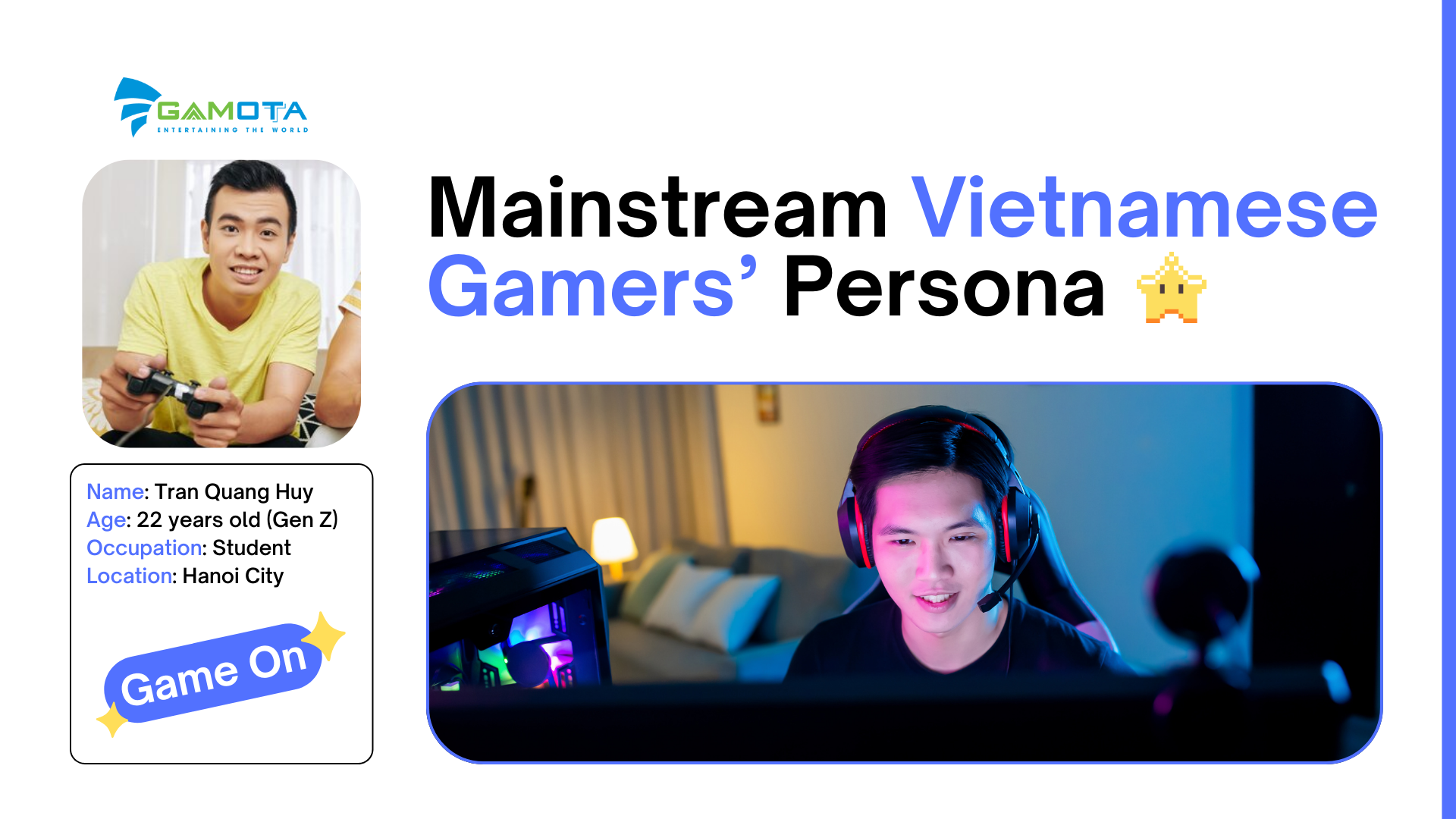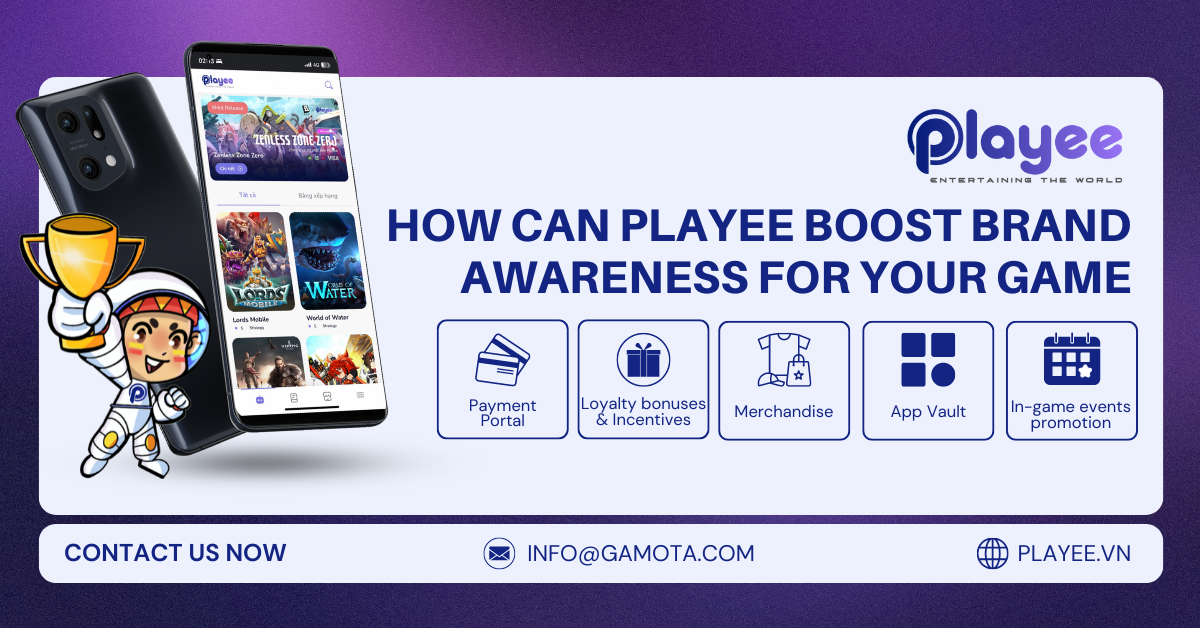In-app advertising is often perceived as disruptive and annoying. Reading through app store reviews, there is one kind of comment you will stumble upon a lot:
Too many ads!
There are players that will always feel unhappy about any kind of ads. However, there are ways to minimize the number of similar comments and other negative consequences and still make a profit.
Let’s dive right in.
1. Timing Is the #1 Priority
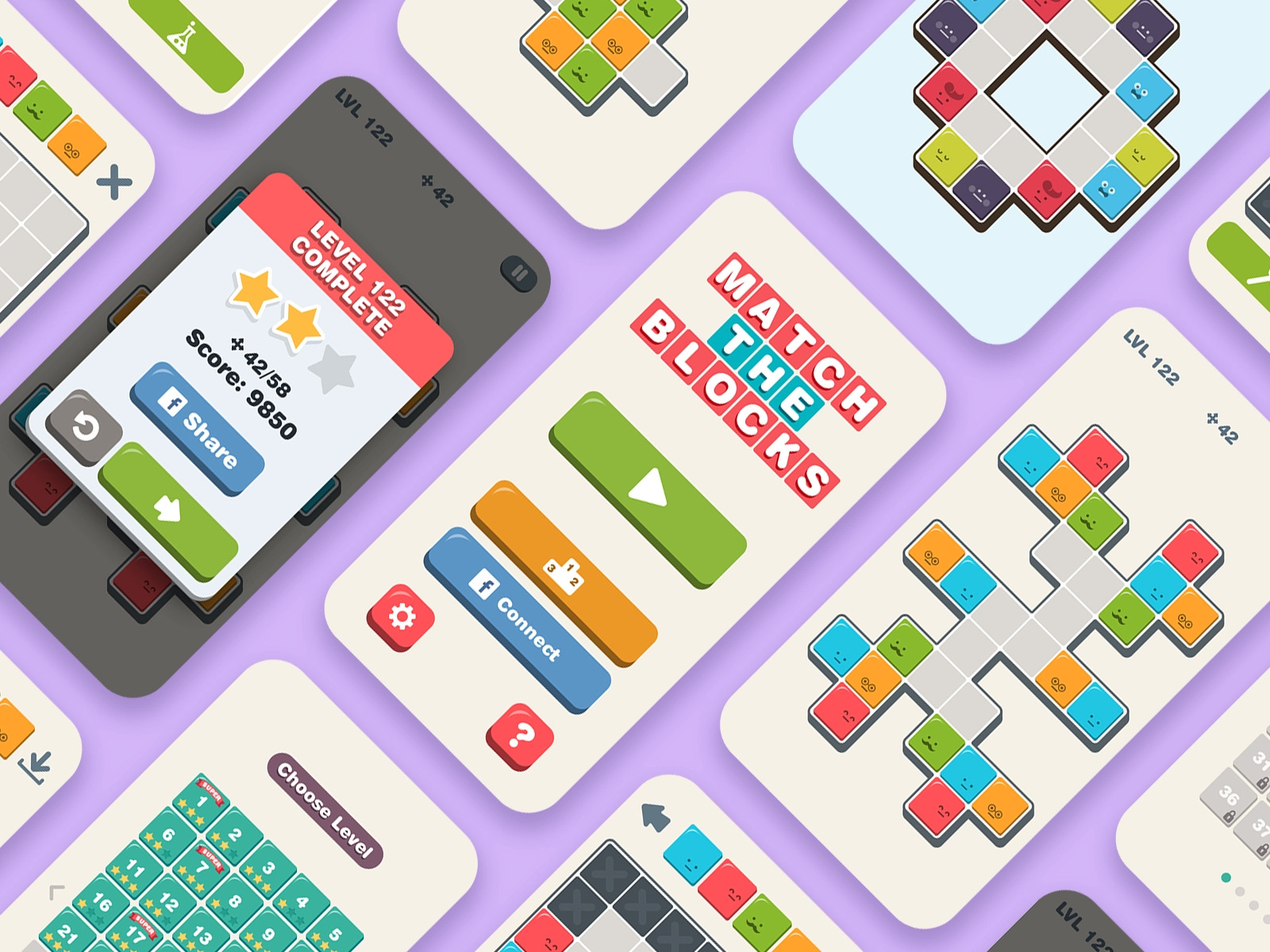 This was already said earlier, but it’s so important it doesn’t hurt to repeat it. In-game ads should NEVER appear during gameplay. This is a costly mistake where not only will players not engage with the ad but might churn for good.
This was already said earlier, but it’s so important it doesn’t hurt to repeat it. In-game ads should NEVER appear during gameplay. This is a costly mistake where not only will players not engage with the ad but might churn for good.
When it comes to ad formats and timing, there are some best practices on when you should introduce them. For instance, players should be aware of the rewarded ads option right from the start. It’s best to introduce them during onboarding.
Speaking of interstitials, the most important thing is they don’t interrupt gameplay and don’t appear too often.
2. Place Ads Strategically
Let’s say you’ve decided you want to show 3 ads in a minute’s time. You already know they shouldn’t interfere with the gameplay, so what are your placement options?
Most commonly, ads appear after finished levels, before starting a new one, and in other loading screens. Another good practice is incorporating rewarded ads into the start menu. This way, if the players are stuck in the game and are missing some items, they know where to find them.
Moreover, ads should never be displayed at random places such as sub-menus or game stores. Hardly anyone will find them there.
In order to stay profitable, you will need plenty of ads and placements. However, if you’re thinking about increasing the number of “natural” gameplay breaks, don’t do it. In the long run, these kinds of things negatively affect user retention.
3. Diversify Ad Networks and Ad Formats
If you want to maximize your ad revenue, you should work with several ad networks.
What you need from the ad network’s side are deep targeting options (demographics, behavior patterns, etc.), and that it supports different ad formats.
When you have this data in place, you can serve the users with ads that are actually relevant and useful. Keeping track of your eCPMs, you will find out which formats and placements work best for you.
4. Know the Users You’re Monetizing
This tip is connected to timing, placements, and available data. Study your users’ behavior and approach them in separate ways.
For example, if you use hybrid monetization, you can focus more ad impressions on non-paying and low LTV users. On the other hand, loyal and paying users should see fewer ads in a day.
5. Utilize Value Exchange
The most common ad format that offers value exchange is rewarded video ad. Players love them because they help them climb levels and advance. Another great thing about this format is its opt-in nature, making it optional for users to watch them.
There are some best practices to follow regarding the rewards you give out. They should be:
- Available with this option only
- Immediately claimable
- Visually apparent
- Valuable
Doing this, your ads can result in immediate impact and high returns. Speaking of value, a user impression is estimated to be worth about 2-3 cents. For rewarded video ads to pay off, the reward should be worth at least 5 cents.
Therefore, don’t be cheap with rewards. Also, make sure to offer different rewards. Instead of making it just in-game currency or consumables, it’s a better idea to combine them.
However, make sure there’s a balance because rewarded ads can easily mess up the entire game economy if utilized wrong, especially if you also offer in-app purchases.
For example, let’s say you let players watch an unlimited number of rewarded ads or the rewards are excessive. That will result in fewer in-app purchases because players get more than enough currency or boosts by watching ads. It can also result in the game becoming too simple because players have gained too many advantages by watching ads.
6. Show Relevant Ads
Making ads relevant and interesting for your user base is important. According to Facebook Audience Network, players want ads that are: useful (44%), interesting (40%), and relevant to them (38%).
It’s only logical that, if they are playing your game, they might be into similar games as well.
And this is where the question of competitor ads comes up. Is including them a good or a bad idea?
You don’t want to send the users away to your competitors. On the other hand, these ads might work very well. What you can do is show them – but not as frequently as other ads. Another thing you can do is show them when user sessions are ending or show them to non-paying users.
Additionally, publishers believe that ad choice can improve their game’s perception. And they might be right – 43% of players find games that display ads from big and familiar brands as more credible.
7. Use More Than One Monetization Strategy
In-app advertising itself can be highly effective, especially for hyper-casual games. But if you take a look at what successful games do, besides ads, the majority of them include some type of IAP as well.
If you look at the examples of hyper-casual games you might notice something they have in common – all of them featured a purchasable option for an ad-free experience. Offering IAPs is a great addition to in-app advertising. Even though they are a minority, there will always be players who would rather pay than watch ads.
However, in-app purchases go beyond offering just an ad-free option – you can offer currency, boosts, energy, wearables, and various other game items for purchase. Rewarded video ads go hand in hand with IAPs, however, they should always be less valuable than IAPs.
Essentially, rewarded ads should give players a taste of in-app purchases.
Source: Blog.udonis
We hope this article helped you in understanding the benefits of a successful ad monetization. If you feel like you need some more guidance, feel free to contact us!


